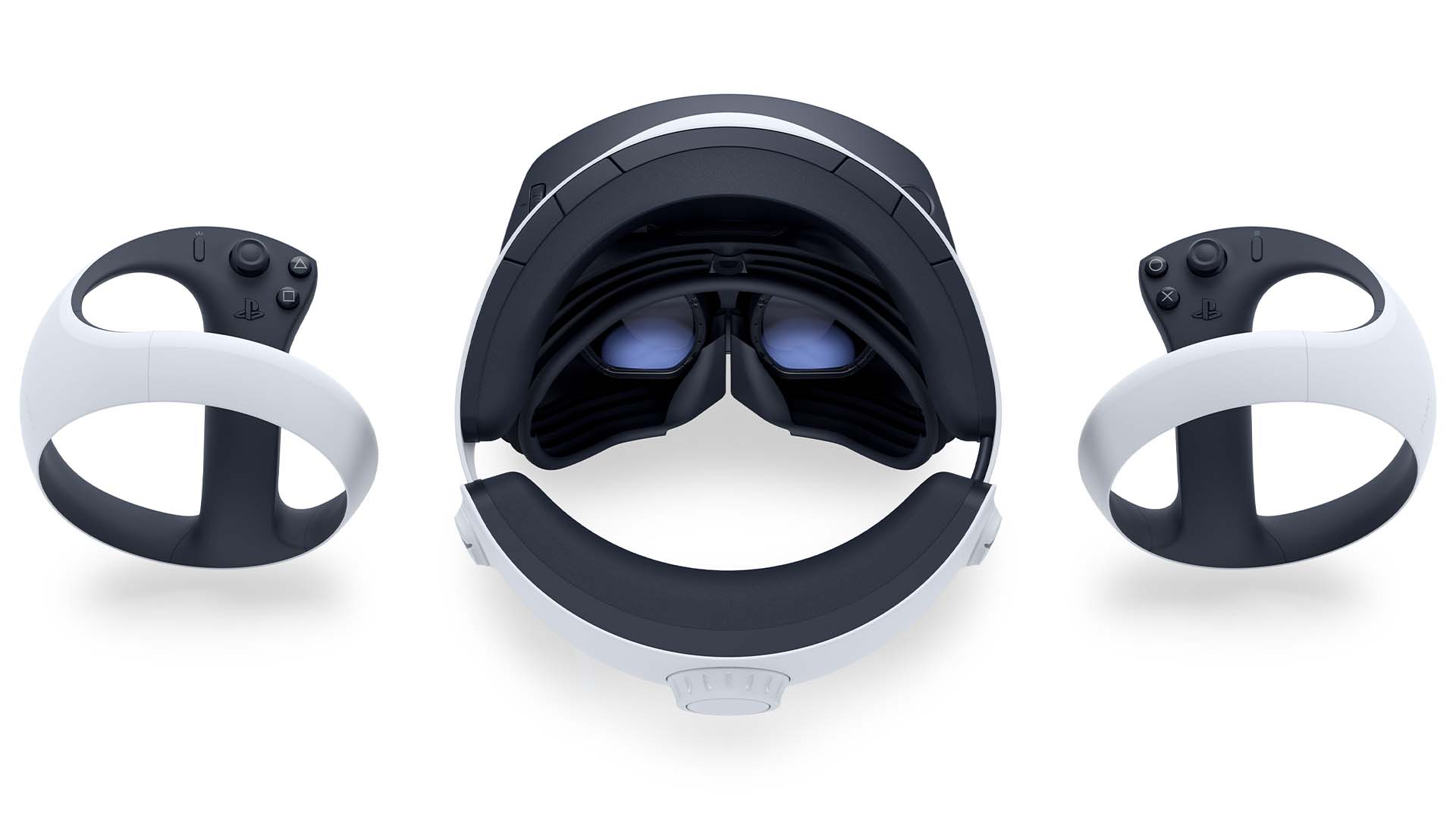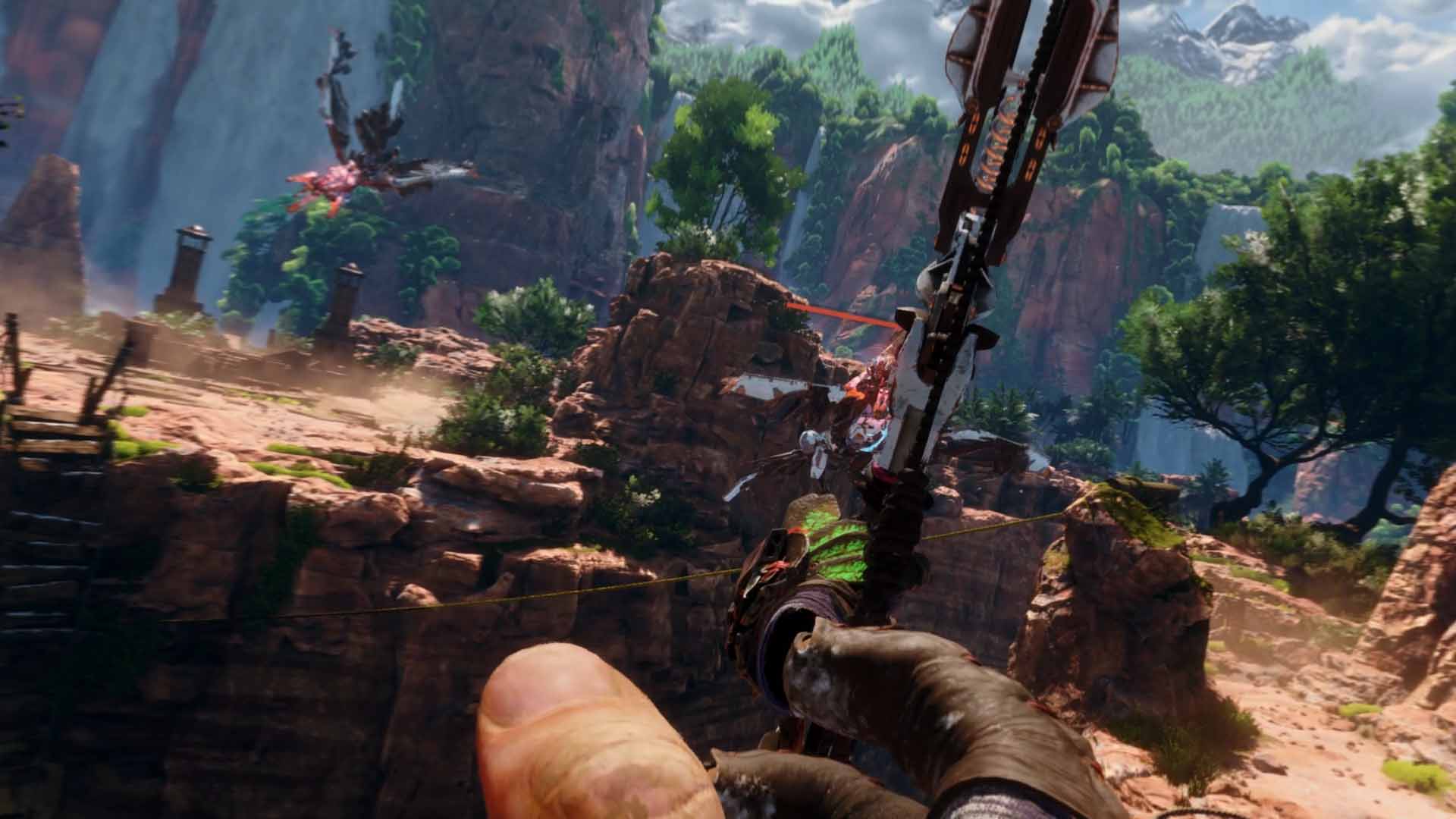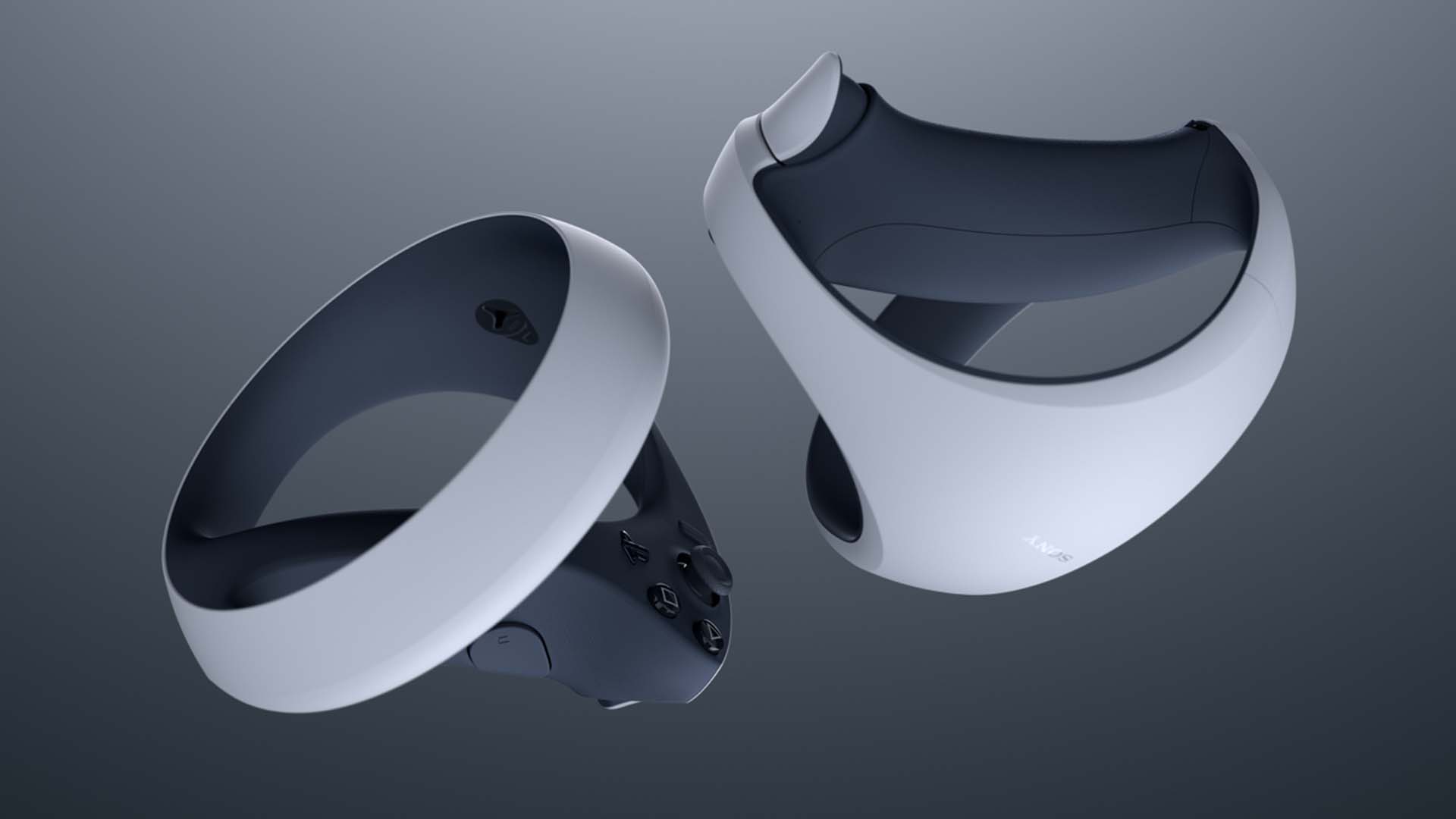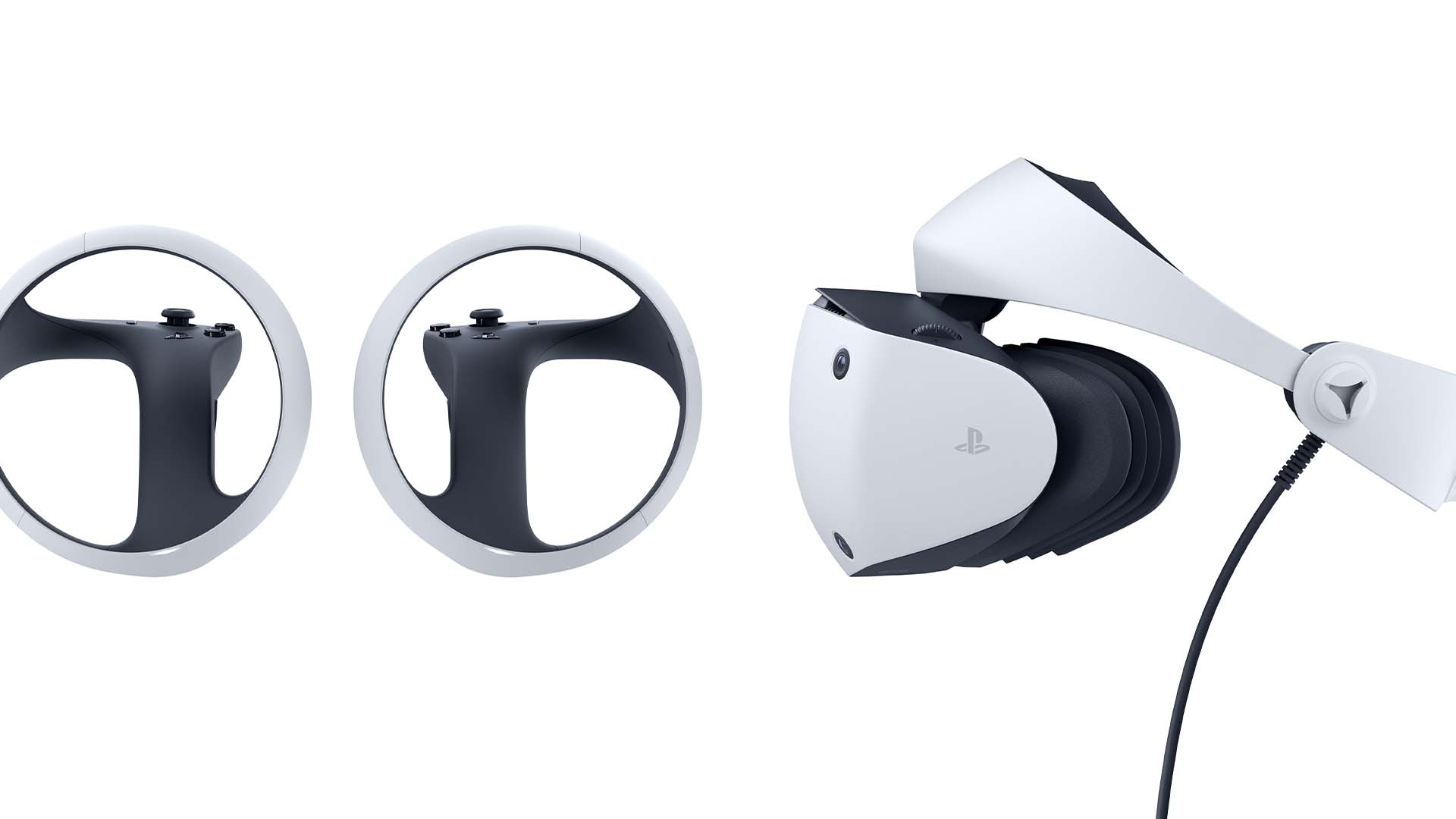PlayStation VR2 review
At some point I worry I’m going to start repeating myself when it comes to the PlayStation VR2. We probably all have to accept that slowly, and quietly, Sony has become very good at producing hardware. From the feature set the PS5 added that has made rival consoles want a new controller, to the premium DualSense Edge, the hardware is just very, very good now. But it also comes at a cost, and here’s that repetition again, because while I cannot argue that PlayStation VR2 is rather expensive, I also have to tell you that pound for pound, there’s not really another VR headset that can compete.
Let’s start at the beginning, though, because having used the Meta Quest 2, PSVR1, Valve Index, HTC Vives galore, and even an early developer model of the Oculus Quest, Sony always had the most comfortable headset on offer. This hasn’t changed with PlayStation VR2: there’s one wire that is plenty long enough, and slots into the smaller USB-C port on the front. No more do you have cables trailing from the back, or a breakout box: it’s just one cable, in the front of your PlayStation 5, and you’re done.

At the risk of rushing through things, the setup process is so simple it’s barely worth touching on. You will be walked through how to place PSVR2 on your head, it will then introduce you to eye tracking, room scale, and seated or static positions, all with a fancy blue PlayStation style matrix look to it, and that’s it: you’re ready to play. The UI just works, and there’s no complaints aside the fact when you turn the headset off, the controllers don’t automatically turn off, too.
On that note, it’s excellent to see Sony include a passthrough button on the headset itself. To the right and underneath there’s a simple button that will change to the front facing cameras, which means you can check you’re not walking into a wall, in case you haven’t quite set up the safe-zones properly. The 4K visuals on offer and higher quality cameras mean that you can almost check your phone without taking your headset off… almost. It was startling how clear the cameras were when switching to them, actually.

While I don’t want to go on too much about how clear the fidelity of the visuals are in PlayStation VR2, I can’t skip over it. Having experienced high-end virtual reality that costs double the price and requires a good PC to show off the visuals, the PSVR2 absolutely nails it thanks to the power of the PS5 and the clarity of the headset lenses itself. Games look astonishing when done right, from Horizon Call of the Mountain’s incredible and detailed art style, to Kayak VR’s rendering of real world locations that are believable. This thing looks the absolute business when you’re inside VR, make no mistake. Even the viewer mode on the TV is crystal clear, and allows audio passthrough: it’s a powerful setup.
But it’s the PS5 tech that makes PSVR2 so incredible. The haptic feedback in both the headset and controllers is wild. Playing Rez Infinite is an emotional experience with this thing. Every beat is vibrating in your hands, and level transitions will shake your head, juddering you from digital realm to digital realm. Likewise, Tetris Effect: Connected will tickle your hands as you move each piece into place. Even Moss makes use of the headset vibration when you die, or if a bird soars over your head, creating immersion I’ve never actually felt in VR before.

Guns feel like… well, guns. Triggers offer resistance that varies depending on what weapon you’re holding. The oar in Kayak VR has been modelled in a way that you can use rocks to push yourself off, and there is water resistance with every stroke you make. After the Fall has a tremendously satisfying feel to the triggers when it comes to resistance. Like I say, the hardware here is truly superb, and if you’ve experienced Meta Quest controllers, it’s like those only with all the PS5 DualSense functionality as well. The only black mark really is the inclusion of just one USB-C cable to charge. I’ve not yet encountered a game using only one controller, so they both need charging at the same time. For the price, perhaps a dock could have been included, or a second cable? It’s not a deal breaker, but it does seem a slightly odd decision. You’ll get about 3 hours out of a full charge, so not too dissimilar to the main DualSense.
One of the other nice features is the inclusion of a set of in-ear headphones which can pop into a slot on the side of the headset when not in use. I do have the Pulse 3D headset, but never felt the need to add an additional thing to my head, and instead kept to the included in-ear headphones. They come with different size caps, so if they slip out of your ears you can easily switch them out for the right size.

Something I always value highly when looking at a new VR product is how comfortable it is with glasses. I’m happy to report that, while you will still steam up now and then, I had no issue with wearing my glasses for the entirety of my time with PlayStation VR2. In fact, there’s even a small space on either side of the headset that allowed me to adjust my glasses via the arms if they were causing any focus issues. I didn’t have time to test my Reloptix lenses, but it doesn’t appear they’ll fit due to the change in form factor inside the headset itself.
The eye tracking itself is hugely impressive. That said, so far with the launch lineup, outside of Horizon Call of the Mountain using it for menus, and a very impressive tutorial in the PSVR2 setup that makes it look like it could be very exciting, so far it feels like the one feature that’s been under-used. Don’t get me wrong, it’s early days, and the ability to look around anywhere without moving your head is an interesting feature, but I’d like to see it used more for menus, and I do believe that the upcoming Dark Pictures title will do exactly that.
![]()
It’s difficult to find too much to complain about with PlayStation VR2. The single cable isn’t an issue, but I guess wireless would have been nice. That said, I’ve not yet seen a wireless headset that can do what this one does, and frankly, with all the features inside this thing, I don’t know if I’d want to rely on a battery for all of that. The enhanced versions of older games really sing with the new feature set, and games like Rez are truly breath-taking experiences.
The price is always going to be difficult to swallow, but to get anything even close you’d need a reasonably expensive PC and would end up spending at least double on the hardware, but still not have the haptic feedback, adaptive triggers, and potentially even the high resolution and frame rate. PlayStation VR2 is a triumph, offering the best way to play games in VR, and with a launch library that offers pretty much something for everyone. I look forward to seeing more of the first-party output, but in terms of the hardware itself, this really is the best VR experience available right now.




